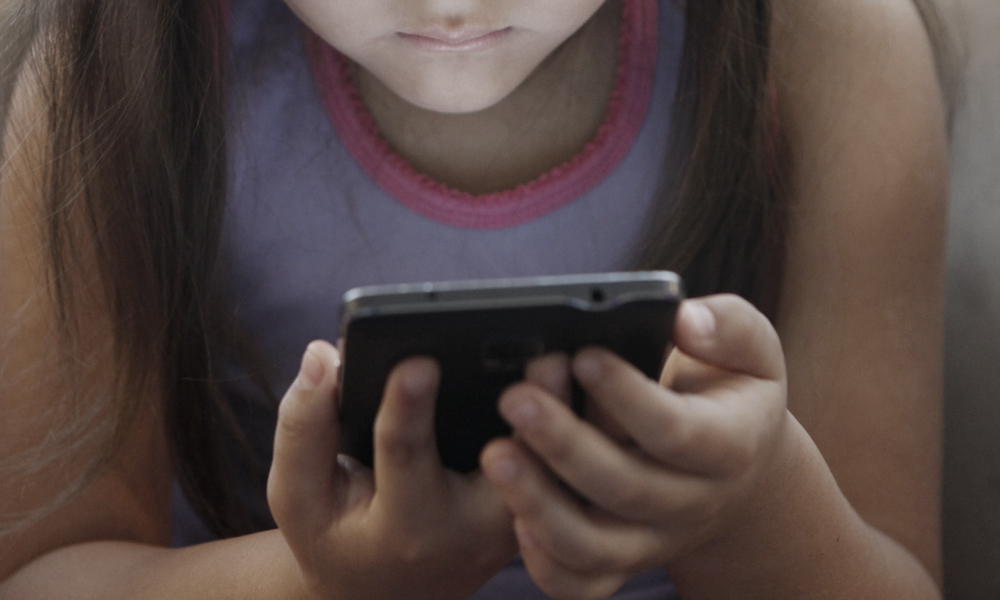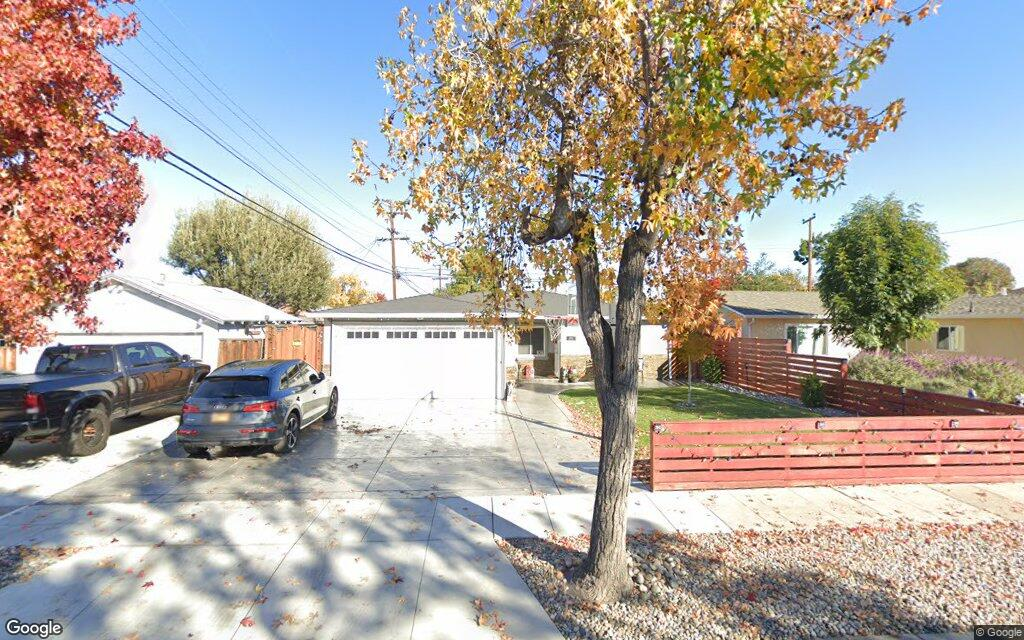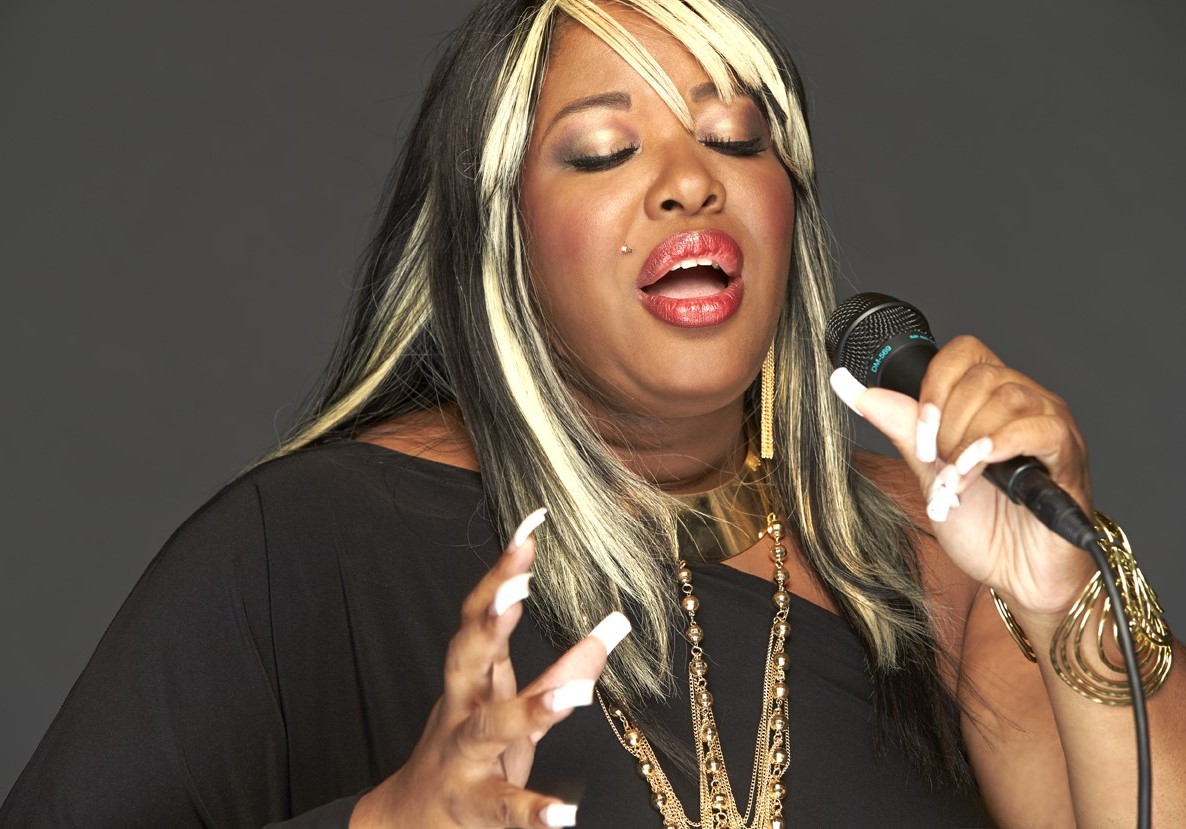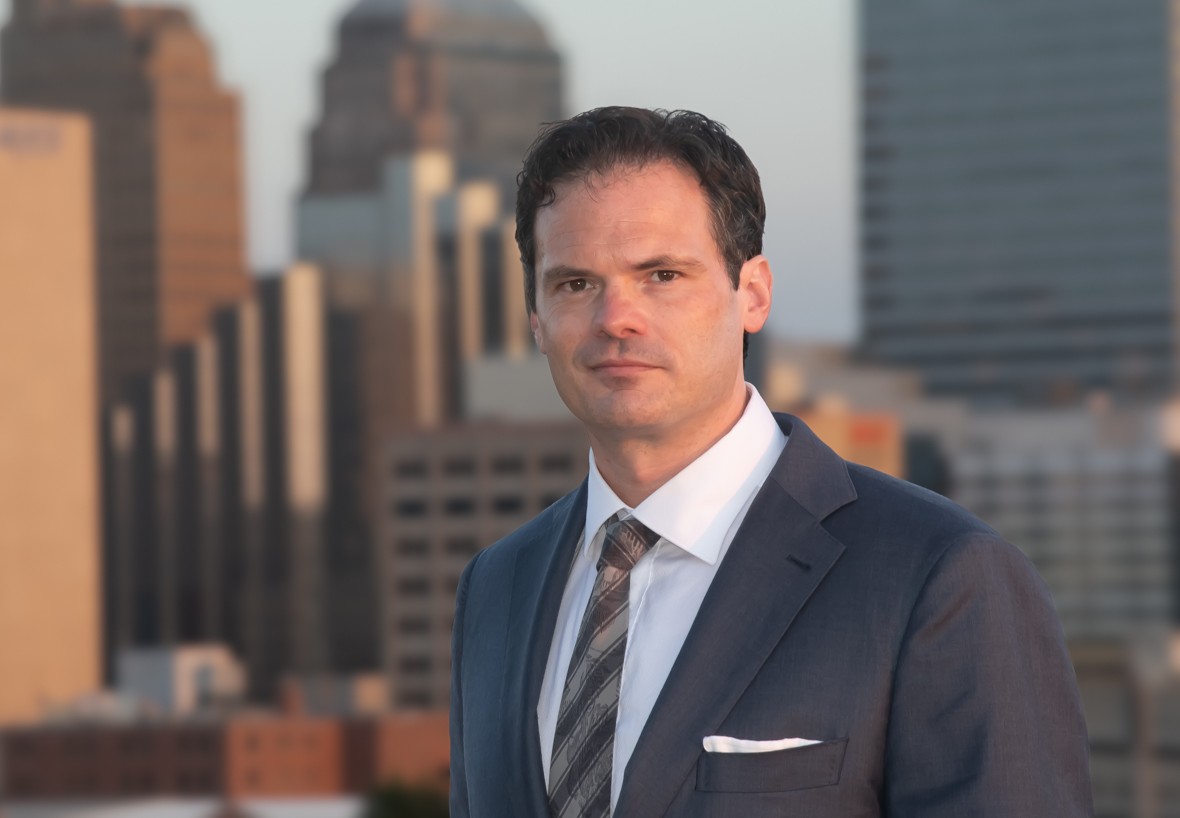Editor’s Note: This article was written for Mosaic, an independent journalism training program for high school students who report and photograph stories under the guidance of professional journalists.
It’s hard to know what to expect from my TikTok For You Page. A dog in a bear costume for Halloween. Scroll. Model Nara Smith making boba from scratch in high heels and a dress. Scroll. Footage of a child dying in Gaza.
The whiplash of the internet is endless — the world’s issues nestled between brain rot and TikTok dances, a dose of disinformation amid grim news and Russian bots.
For so long, it didn’t feel this way. As a kid growing up with the internet, it felt like a new frontier to me, filled with endless possibilities for exploration and change. For years, it was my way of learning about the world. The internet taught me about fourth-wave feminism and the #MeToo movement, about the Black Panther Party and police brutality, about politics and global wars. Everyone has once entertained the idea that they could change the world. Growing up with the stories of Greta Thunberg and the Arab Spring, I was determined I could do it, too.
Yet, I recently started to feel like the world has turned into a dumpster fire — a feeling shaped by the internet.
Every time I open my phone something new and worse is happening: first, it was an impending recession. Then, it was a war between Israel and Iran. Though the internet once felt like it held endless possibilities for change, now it’s exhausting just to keep up with the news. However, feeling burned out just from trying to care about the world isn’t conducive to solving its problems.
Truthfully, the internet is not built to foster activism or change. Reposting stories or tweeting a shocking statistic is not a substitute for real, grassroots action that brings about change. Instead, this constant awareness of global issues just floods us with information our brains are not equipped to handle, leaving us so overstimulated that we can hardly bear to care anymore.
It’s time for us to step away from our phone screens and into our neighborhoods, supporting community action that does so much more than an Instagram story ever could.
Last year, when I was overwhelmed by the burden of climate change and felt powerless to do anything about it, I decided to join a youth climate group. I met other passionate young people who host workshops and summits and advocate for our own communities.
In January, we hosted a rally on Inauguration Day, with more than 150 of us gathering on a sunny day in San Francisco’s Dolores Park to protest President Trump’s climate policies. At the beginning of a tumultuous time, the air at our rally buzzed with community. We painted posters and mingled, feeling a profound sense of togetherness.
For the first time, I felt like my own actions were making a difference. I knew I had joined a larger movement for change, and that no matter what natural disaster struck or what issue raged in Washington, we’d weather it together as a community. Most importantly, I found something I had never found while doomscrolling myself into oblivion: hope.
Since then, as the news cycle has felt more and more exhausting, I’ve only felt more eager to keep working alongside my community to make a difference. I’ve helped teachers develop lessons to teach climate literacy, partnered with a local university to host workshops about climate health, and had dozens of conversations with other teenagers about climate change.
It’s easy to get sucked into the black hole of bad news on the internet. However, in times like these, it’s more important than ever to step away from the screen, take the time to feel hopeful and grounded in our communities, and remember that the world is not always as grim as the internet makes it out to be.
Padma Balaji is a member of the class of 2026 at Mission San Jose High School in Fremont.





